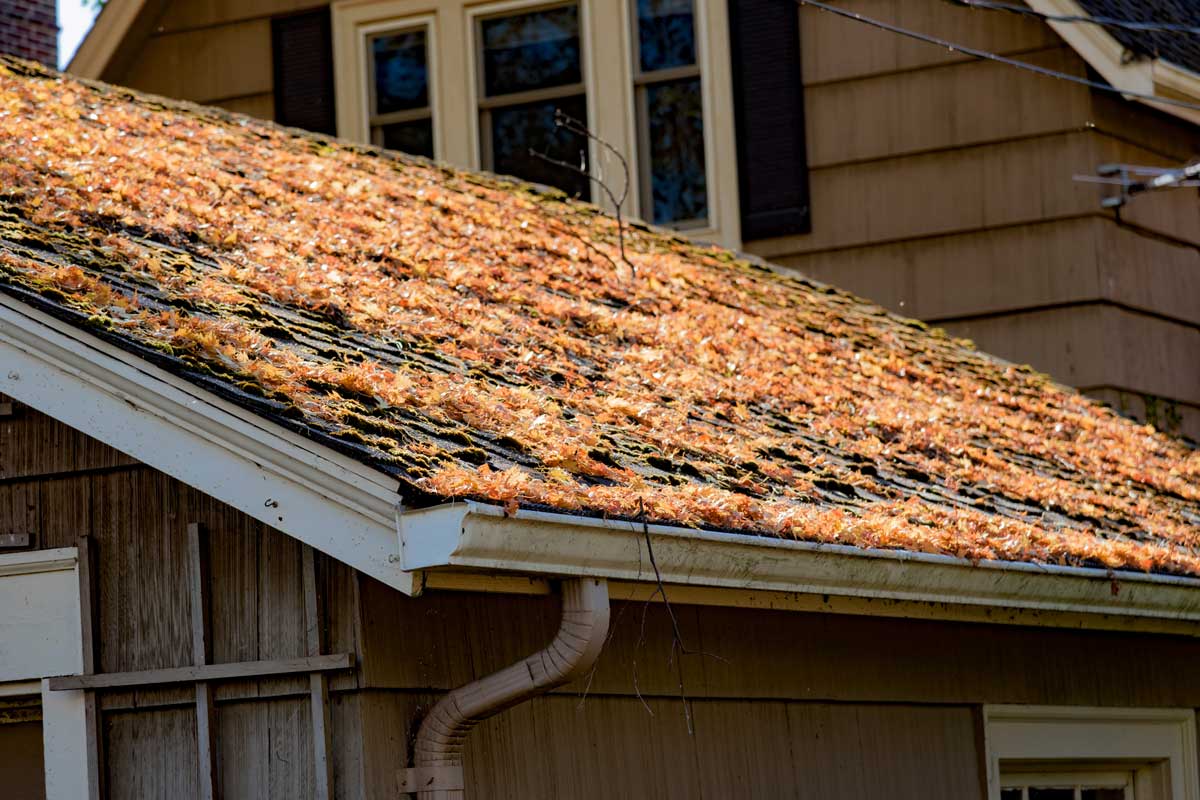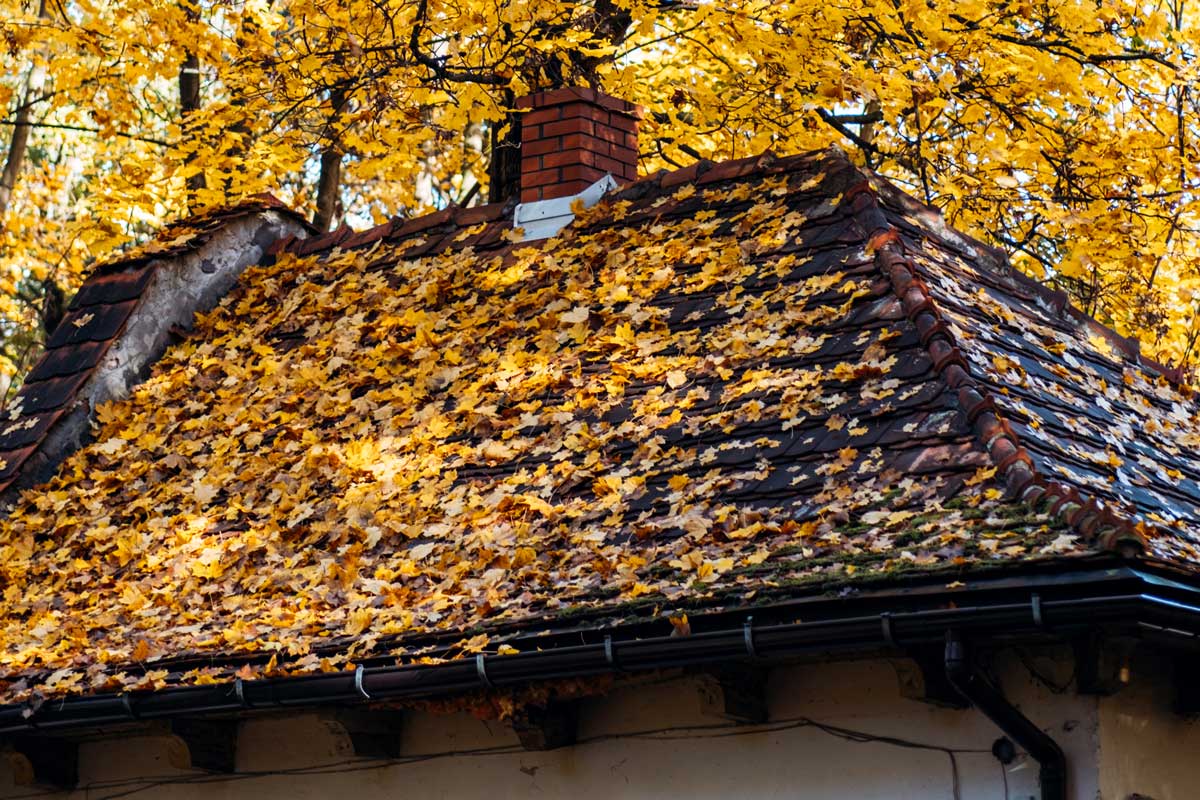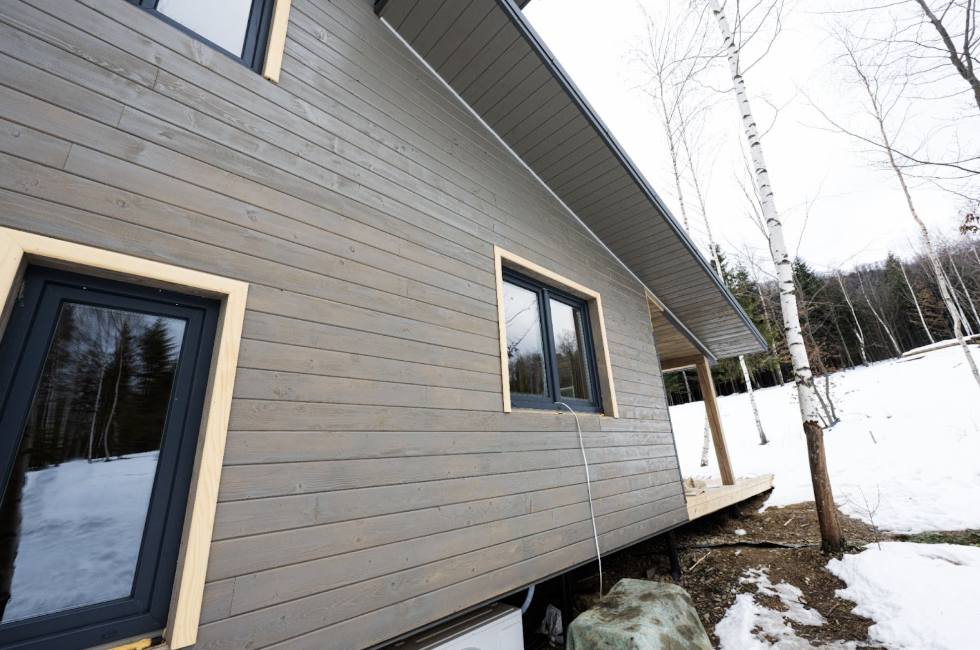Fall roof inspection in Minnesota isn’t just smart—it’s essential. October’s gorgeous weather also brings wind-blown leaves, early freeze–thaw cycles, and heavier rains that can turn small roofing issues into major problems. This guide explains what fall does to your roof and how to spot problems early so you can protect your home before winter hits.
Why Fall Is a “Stress Test” for Minnesota Roofs
Your roof, gutters, flashing, and ventilation all work together to move water away from your home. In autumn, that system gets challenged from multiple directions: more debris, bigger temperature swings, and frequent wet/dry cycles. When those elements pile up, they can trap moisture, wear out sealants, and push water into seams that normally stay dry. The result? Leaks that start small and get expensive.
1. Leaf Buildup: Pretty on the Lawn, Rough on the Roof
Leaves don’t just sit on top of shingles; they hold moisture, which accelerates granule loss and encourages algae or moss. In valleys, against chimneys, or behind dormers, leaf mats can block water flow and force runoff sideways, exactly where you don’t want it.
What to watch for:
- Leaf “dams” in valleys and behind skylights
- Dark, damp patches that never seem to dry
- Early signs of moss/lichen at shaded eaves
Best move: Safely clear loose debris from valleys and roof edges before it compacts. If you’re not comfortable on a ladder (or your roof is steep), schedule a professional clean-up with an inspection.
2. Early Freeze–Thaw: Tiny Gaps Become Big Leaks
Minnesota often sees freezing nights and warmer days in October. Water that seeps into micro-gaps around flashing, nail holes, or ridge vents can expand as it freezes, widening those gaps a little more each cycle.
High-risk areas: headwall and sidewall flashing, around chimneys/vents/pipe boots, and lower edges of the roof where meltwater refreezes overnight.
Best move: Have a roofer check flashing seams and sealants now so they don’t get pried open all winter. Preventative caulking and minor repairs in fall are far cheaper than spring leak remediation.
3. Clogged Gutters: Overflow Becomes Intrusion
When gutters fill with leaves and shingle grit, water spills over the back edge and saturates fascia, soffits, and sheathing. In heavy fall rains, that overflow can also pool near your foundation.
Signs your gutters need attention:
- Water streaks on fascia or staining under the eaves
- Splash-back dirt lines on siding below gutters
- Downspouts trickling instead of flowing during a storm
Best move: Clean gutters and check downspout terminations (extensions should discharge several feet from the foundation). If you have lots of trees, consider gutter guards and confirm your drip edge is directing water into the gutter, not behind it.
4. Small Leaks: The Fall “Sneak Attack”
Some leaks only show up during long, steady rains. They may not leave a dramatic ceiling stain right away, but they can soak insulation, rust nails, and fuel mold.
Where small leaks hide: cracked or sun-brittle pipe boots, loose ridge caps/exposed fasteners, and lifted shingles at the eaves.
Quick interior checks: peek in the attic after a rain for damp decking or musty odors, look for nail tips with rust “halos,” and scan ceilings at exterior walls for faint yellowing or paint bubbles.
Your Minnesota Fall Weather Roof Checklist
- Clear debris from valleys, dormers, and roof edges.
- Clean gutters/downspouts and verify proper discharge.
- Inspect flashing at chimneys, walls, and skylights for gaps or failing sealant.
- Check pipe boots for cracks and dry rot; replace if brittle.
- Confirm ventilation (ridge/soffit) is unobstructed to reduce attic condensation.
- Look in the attic after a rain for damp sheathing or musty odors.
- Note shingle condition; missing, curled, or granule-shedding shingles need attention.
Repair Now or Wait Until Spring?
If you uncover active leaks, soft fascia, or failing flashing, don’t wait. Fall is one of the best windows for repairs in Minnesota: temperatures are moderate, sealants cure well, and crews can address issues before snow and ice complicate access. For non-urgent items (like a few older shingles nearing end-of-life), your roofer may recommend monitoring through winter with a plan to address in spring. An objective inspection will separate the “fix now” from the “schedule later.”
When to Call a Pro (and What We Check)
A professional fall inspection looks at your whole system, not just shingles:
- Shingles & fasteners: lift, curl, loss, exposed nails
- Flashing & sealants: chimneys, walls, penetrations, skylights
- Eaves & edges: drip edge alignment, starter course, ice-and-water coverage
- Ventilation: clear ridge/soffit flow to reduce condensation and ice-dam risk
- Gutters: cleanliness, slope, secure hangers, leak-prone joints, downspouts
Catching a small sealant or flashing fix now can save you from a major interior repair later.
Protect Your Home Before Winter
At All Craftsmen Exteriors, we’ve helped Minnesota homeowners prepare their roofs for winter for years. If you’re seeing leaf buildup, overflow, or suspicious attic spots or you just want peace of mind before the first heavy snow, we’re here to help.
Schedule your fall roof inspection today and we’ll give you clear, honest recommendations. If repairs are needed, we’ll prioritize what’s urgent now and what can wait, so you get the most life out of your roof and the best protection for your home.
Ready to get started?
→ Schedule a Fall Inspection
→ Or learn more on our Residential Roofing & Repairs page




